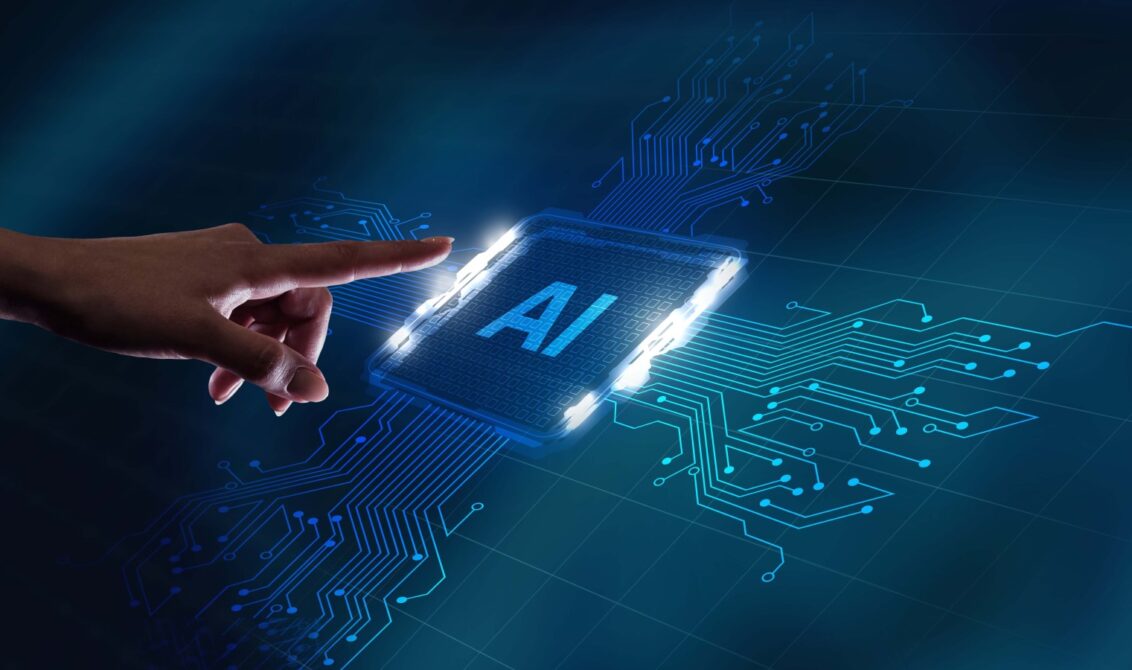
The future is here. AI technology has developed in leaps and bounds in the last 12 months, thanks to open source AI, and it is reaching and disrupting all parts of our society – including education.
There has been a great deal of excitement over the capabilities of this new technology, as well as warnings of how it might change our education systems beyond recognition. So, let’s take a look at both sides of the debate, and weigh up the benefits and risks of integrating AI into the education sector.
AI and education: the benefits
As educators, it’s our job to equip students to succeed in a future world, and it’s inevitable that AI will be part of the landscape of almost any industry that they might enter into. Learning how to use AI is a necessary part of our students’ education.
How students can use AI in school
Once students have learned how to wield AI technology, they’ll be able to apply that knowledge across every subject area. AI is a tool that our students will be able to use for project work, to help them create presentations, videos and graphics, to provide them with instant feedback and intelligent support, or for interactive practice when they’re studying for assessment or practising a new skill.
Used correctly, AI technology can unleash our students’ creativity and problem solving skills, allowing them to follow their interests and take an active role in their education. AI programmes which help to create content can also help them develop their communication skills and think critically when assessing information.
How AI can help with teacher workload
Students aren’t the only ones who will benefit from AI technology. It has the potential to change teachers’ professional lives for the better. Soon, you could be able to use AI to automate routine, administrative tasks, freeing you up to spend more time with your students and provide them with more individualised support and instruction.
What’s more, it’s not just the routine tasks such as test marking that AI can help with. Teachers can also use AI to help plan lessons and differentiate tasks, providing personalised learning experiences that cater to your students’ individual needs and abilities.
Using AI to ease the workload of lesson planning and marking would give teachers more time to dedicate to pastoral care and to building creative connections with their students – something that AI simply can’t deliver.
And on a larger scale, AI technology is a powerful tool for analysing data and identifying patterns, so it can help teachers to look at student performance and then make data-driven decisions about curriculum development, adaptation and instruction.
Read more about AI writing tools and education
AI and education: the risks
So, there is much to be gained from embracing AI and its capability to transform our education system. But in recent weeks, AI experts have been warning policy makers of the impact that AI could make, citing concerns over misinformation and job automation. There is a fear that AI will reshape our society before global governments create shared protocols for the use of AI. In fact, an EU parliament white paper categorises the use of AI in the field of education as ‘high risk.’ So, what exactly are the risks of integrating AI into education for students and teachers?
The risks of AI for students
An over-reliance on technology could encourage students to neglect other aspects of learning. After all, if AI can write essays and solve problems, why should students work on their communication and problem-solving skills? A dependence on automated solutions could mean that students’ own ability to think critically becomes fatally weakened.
Another possible risk of embedding AI in the education system is that the use of technology entrenches already existing inequalities. If the availability of AI tools and resources is dependent on financial resources, then students from poorer backgrounds will be left behind, and the attainment gap will only widen further.
The risks of AI for teachers
AI-powered marking and lesson planning, meaning more time for student-teacher interaction? It sounds like a very utopian vision of the future of education. However, previous industrial revolutions have shown that when jobs are automated, it doesn’t necessarily lead to more free time for workers, but instead to cost-cutting and fewer workers.
So, it’s not impossible that the advent of AI into the education system will lead to teachers being pushed out. Rose Luckin, professor of learner-centred design at University College London, speaking to the Guardian newspaper, warned: ‘There’s a dystopian version where you hand over far too much to the AI. And you end up with an education system that’s much cheaper, where you have a lot of the delivery done by AI systems.’ There’s a real risk of job displacement when it comes to AI and education.
Another concern, for both students and educators, is the lack of transparency when it comes to AI. The systems are complex and difficult to understand, so it can be hard to know how decisions are made. This means that there are ethical concerns around the use of AI for marking assessments or exams which could impact students’ lives – for example entrance exams for universities. What’s more, these large AI models are trained on existing data sets, so they can perpetuate biases and discrimination if that is present in the data.
Progress is inevitable
The genie is out of the bottle now, and there’s no putting it back. AI is here to stay, so students need to know how to use it. However, there’s a strong argument to be made for proceeding with caution.
The use of AI in the education sector isn’t something to be feared; however, it needs to be properly regulated to ensure that it is being used to the benefit of teachers and students alike, rather than to drive down costs. The scope of the teacher–student relationship is much wider than simply imparting information. That connection is one which can spark curiosity, encourage exploration, reassure and inspire students to reach their full potential – and that’s something which AI will never be able to replicate.
Subscribe to our blog
If you’d like to stay up to date with our latest articles, why not subscribe to our blog? You’ll get a fortnightly roundup of the articles you’ve missed straight to your inbox, plus links to free teaching resources.

